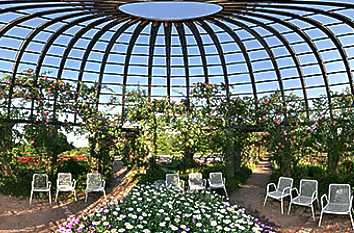I’m beginning to hope I may be one of the few lucky enough
to not be strongly effected by culture shock. I’m not exactly sure how common it is, but according to a
German informational book I’m currently reading (thanks Jessica!) I know that
immunity to culture shock does exist.
My conclusion is based on the fact that I’ve experienced
both major facets of culture shock, recognized them for what they were, and
immediately moved on. In addition,
I’ve always prided myself on being open-minded. At the risk of sounding pretentious, I like to think that I
respect others for their differences in values and opinions more than the
average guy. This has helped me
tremendously in adjusting to my new environment. The German culture is not strange or incomprehensible to me;
it’s only different. And while I’m
not scared or confused, neither am I naively enthralled by my
surroundings. I appreciate the new
experiences that I’m having and try to learn as much as I can from them, but I
also know, for example, when a particular social situation isn’t right for me,
or that while the melding of architectural styles in Darmstadt can be
fascinating, it can also be a little strange.
Left: The Darmstadtium, a conference center named after the heavy element that was discovered here.
Right: The Schlossgarten (castle garden) located in the center of the city. You literally only have to cross a street to get to the Darmstadtium.
I’ll stop with the deep thoughts and share a bit of culture
now. Last night, I went on a trip
with one of my flat mates, Tobi, in his new used Mercedes. (Check out that oxymoron!) We were both excited about the car and
didn’t even know where we were going when we left. We just wanted to
drive. Or rather, he wanted to
drive, and I wanted the experience.
We wound up at an old castle on top of a mountain, quite obviously
centuries, maybe even millennia old.
I’m not familiar enough with the local geography to remember where we
were, but as soon as I make it back during the daytime I’ll be sure to post
pictures. It wasn’t by any means a
sprawling castle, but it was certainly practical. The location and design made it very obvious that it was
wasn’t meant to do more than defend against men wielding swords and bows. It was fascinating to me that not much
work had been done on restoration.
Maybe the small size and out-of-the-way location has led to people in
the area not paying much attention to it, but I think a better hypothesis is
that Germans are just used to structures that are that old. I’m currently under the impression that
small, fortified structures dot the countryside, untouched by recent wars
because their fortifications and/or locations weren’t useful.







